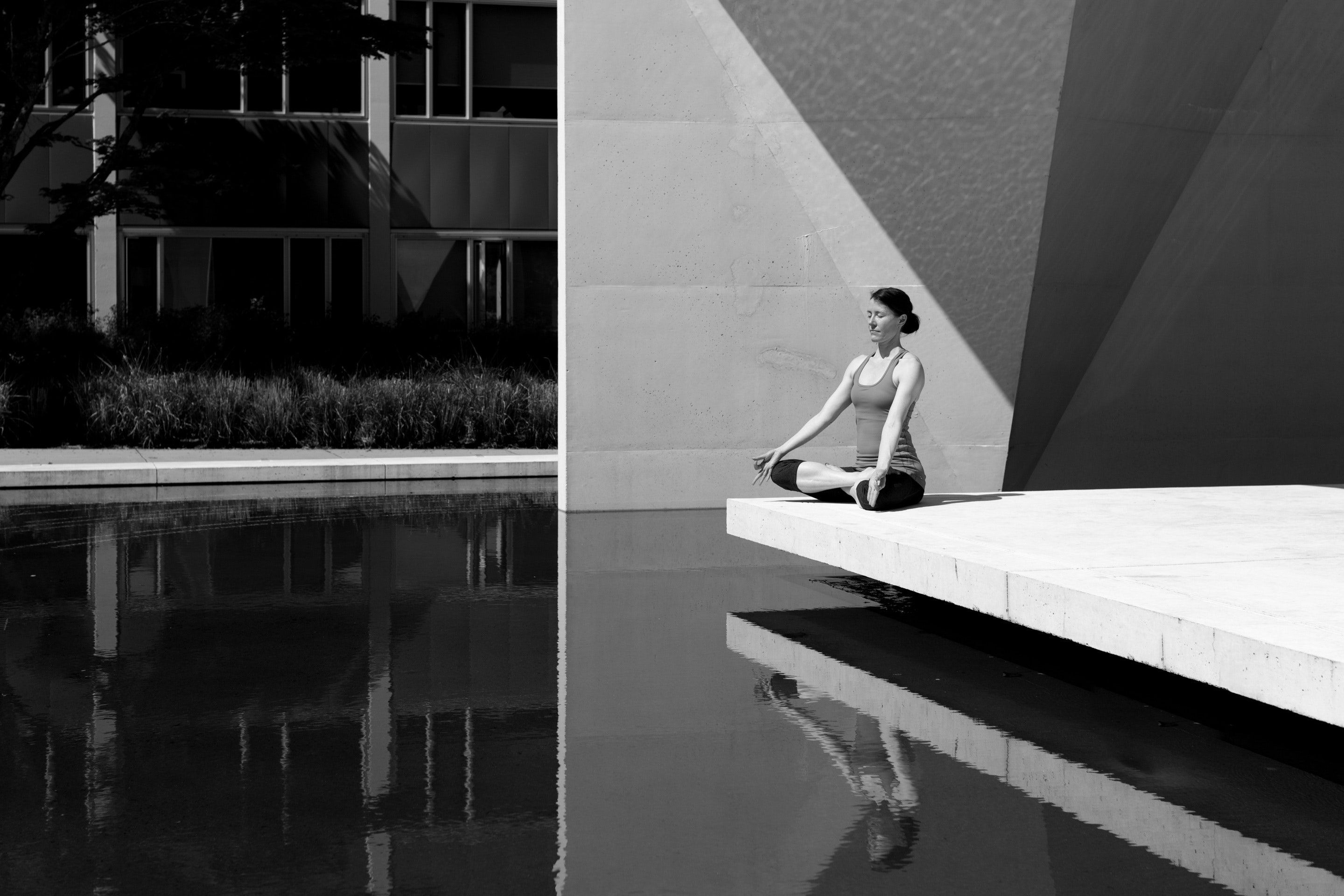
In the current societal climate, we are seeing the combination of behaviour change theory and the power of social media to create movements driving social purpose campaigns that impact the lives of women across Australia.
Behaviour change theory has been applied to with success in recent campaigns by the AFLW – I’d Like To See That, VicHealth – This Girl Can Vic and the Department of Health – Girls Make Your Move to empower women to become more active and close the gender gap in sport.
These digitally activated, campaigns show that you don’t need to make women feel bad about themselves to change behaviour. A nudge in the right direction, positive reinforcement, and a sense of belonging can shift behaviour and have a significant impact.
Here we put forward the theories of behaviour change in action, ideas for strategic tactics based on research and creative activations.
A nudge in the right direction: theory for managing resistance.
Behaviour change is rarely achieved by persuasion or traditional marketing but almost always requires modelling how to carry out unfamiliar behaviours with ease, confidence and dignity. As humans, we resent unwanted advice, especially when it threatens our comfort zones. Denial and resistance are driven by fear and the worst fears are social fears. What will our friends and family think? What if we fail? How will we look to others?
To encourage a person to ‘do something’ you first inspire them to ‘think something’. Backed by research, there are specific tactics to make it as easy as possible for a person to adopt a particular behaviour and way of thinking through the behavioural economics concept ‘Nudge Theory’.
The concept theorises there are three steps between a person’s physiological needs and fulfilments needs – safety, belonging and esteem. Without these, a person cannot perform, innovate and emotionally engage, agree or move forward.
This post from Girls Make Your Move shifts the focus from the problem (“I don’t know how to exercise”) to the solution (“Here are fun videos to show you how to do it”), creating a safe environment to explore abilities.
This video from This Girl Can Vic removes ego from the discussion and creates an environment where everyone feels like they belong.
This video from the AFLW flips the roles of dominant and subordinate, engaging the other person and providing a transfer of power and esteem.
For comparison, conventional methods of changing people’s behaviour use direction and enforcement, often with the threat of punishment or consequence, and some experts have suggested that fear-based campaigns (such as Queensland Health’s “If You Smoke, Your Future’s Not Pretty”, generally works only on people who don’t already know about the problem. To the contrary, Nudge Theory changes people’s environment and choices so they are more likely to make decisions that are helpful and positive for themselves, society and the planet.
Positive reinforcement: evolving behaviour.
Nurturing new behaviour in people is often elusive when communications activities are limited to pure awareness building. Once informed and made aware of a new behaviour or practice, people need to be motivated to learn and master new skills to enable them to apply it. Simultaneously, their environment needs to evolve in such a way that they are encouraged and enabled to practice their new skills and knowledge.
The cultural and systemic autonomy of individuals to change their behaviour differs; as does the level of consideration they have for the views of their community, peers and family. These values are the cardinal reference points of people as they filter new information, learn new skills, discard old practices and beliefs, evolve their environment and form a new behaviour.
Through behaviour change social media campaigns there is an opportunity to shift from awareness to action, by using empowering language.
This approach has been tried and tested within the field of behaviour change, particularly in a development context through large-scale United Nations projects, and sits alongside our social impact approach; we want to create positive behaviour change that allows the end user to live a happier, healthier life.
A sense of belonging: social media for behaviour change.
As humans, we want to belong. Belonging is something we seek through social groups, interest groups, sports teams, partners and families. A sense of belonging and acceptance is created not only in the real-world but in the virtual world through platforms like Facebook, Twitter, Instagram, forums and online groups.
Social media is about people and we often refer to social media management as ‘community building’. A digital community can be as powerful, and is often more so, than a real-world community. Facebook is a forum that can bring together people who may be united by a message, by their location, or by their demographic, and enable them to act as together as a community.
Many brands are still lacking relevancy and integrity in their campaign messaging. Shaming women won’t make them feel empowered to take the first or next step. The strength of real people can be more motivational than unrealistic goals or perfection.
We can see from I’d Like To See That, This Girl Can Vic and Girls Make Your Move campaigns that perfection doesn’t persuade behaviour change. These campaigns don’t focus on perfection; instead, they use real human insights and vulnerability to inspire action and make adopting new behaviours achievable and exciting.
The climate for change is ripe. Businesses can and should be taking the lead in addressing women’s social issues.

